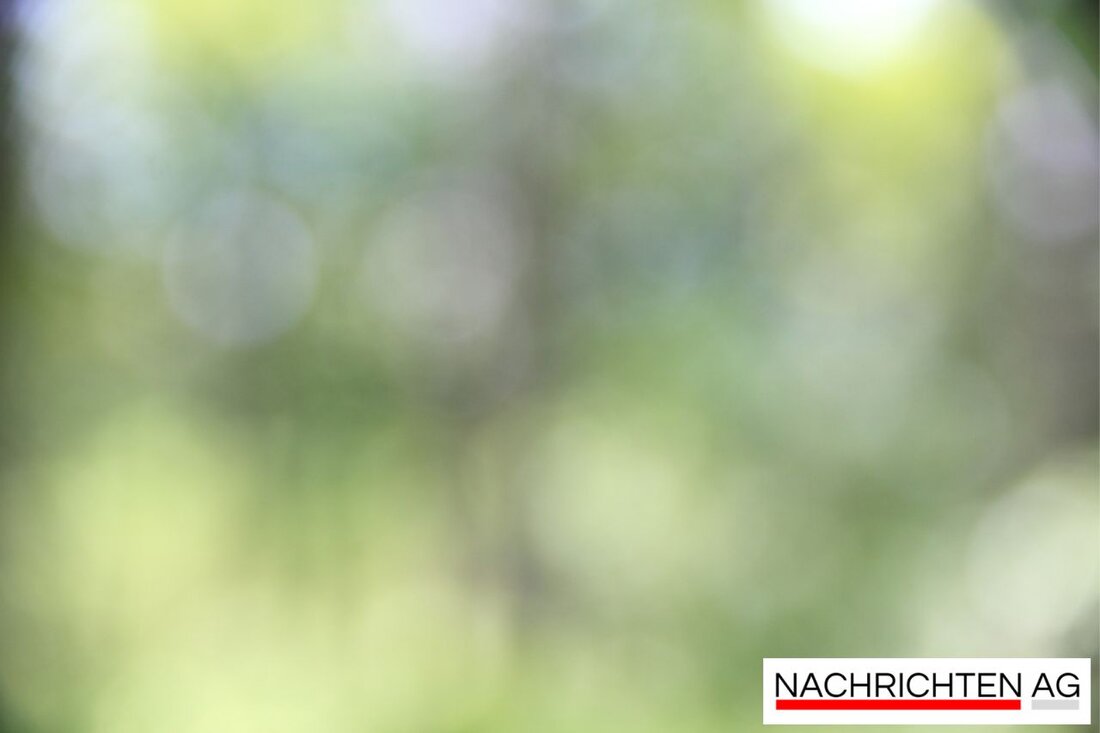Rotes Höhenvieh: Old cattle breed conquers the gourmet cuisine in Vogelsberg!
The project to market the Rotes Höhenvieh in the Vogelsberg district sustainably promotes regional agriculture and gastronomy.

Rotes Höhenvieh: Old cattle breed conquers the gourmet cuisine in Vogelsberg!
The Vogelsberger Rotes Höhenvieh, once the heart of regional agriculture, is currently experiencing an exciting renaissance. As part of the “Market development for the Vogelsberger Rote Höhenvieh” project, intensive work is being done to promote the marketing of this old breed of cattle. Thanks to the Hessian Ministry of Agriculture and the Environment, the project can be supported with a grant of 85,000 euros. The aim is to establish the Rotes Höhenvieh as a symbol for the region and its cultural landscape and to strengthen regional value creation.
After a dramatic decline in recent decades, the cattle population stabilized thanks to an important discovery in 1982 at the University of Giessen, where a semen sample from a breeding bull was found. State Secretary for Agriculture Michael Ruhl emphasizes the commitment of farmers who are committed to preserving this breed, which is particularly adapted to the harsh conditions of the low mountain region. Nevertheless, the Rotes Höhenvieh have lower yields compared to specialized breeds, which represents a challenge for marketing.
Strengthen regional connections
Another key player in this revival is the House of Food (HoF) initiative, which aims to bring urban and rural areas closer together. Farmer Jonas Trippner from Stangenrod breeds the almost extinct Red Höhenvieh and fights for short delivery routes and planning security for the farmers. The HoF not only supports the regional food supply in Frankfurt, but also promotes direct contact between producers and restaurateurs. Chef Simon Horn has already expressed interest in working with Trippner.
The “Market development for the Vogelsberger Rote Höhenvieh” project goes hand in hand with these efforts by identifying bottlenecks in logistics and meat processing and developing practical solutions. At the end of the project, concrete approaches for the marketing, processing and logistics of the meat should be available. District Administrator Jens Mischak emphasizes the importance of regional value chains and the need to further increase the awareness of the Roter Höhenvieh. The meat of this breed was already in high demand at the culinary event “The Volcano is Cooking”.
A legacy with a future
Cattle breeding has a long tradition that began more than 8,000 years ago. Originally kept as draft animals, cattle are now primarily important for milk and meat production. According to the Federal Statistical Office, there were almost 11 million cattle in Germany in May 2023, with the Rotes Höhenvieh being the only regional cattle breed from Hesse that still exists. The preservation of such ancient cattle breeds is supported by national and international efforts, showing that regional heritage is not just a nostalgic matter but also holds great economic opportunities.
The goal is clear: the Rotes Höhenvieh should be more present on ecologically valuable pastures in the Vogelsberg district. By valorizing regional cuisine and related products, a sustainable cycle can be created that benefits both farmers and consumers. The collaboration between agriculture and gastronomy plays a crucial role in turning this vision into reality.
The developments surrounding the Vogelsberger Rotes Höhenvieh show that there is a lot of potential in the region. With clever strategies and committed supporters, the return of this culinary heritage will enrich not only farmers but also gastronomy and make a significant contribution to regional identity. Together they work to not only preserve the valuable tradition, but also to carry it into the future.
You can find out more about the project and the culinary services at Fulda newspaper and the Hesse show. For more information about the cattle breed, visit Farm Animal Husbandry.de.

 Suche
Suche
 Mein Konto
Mein Konto